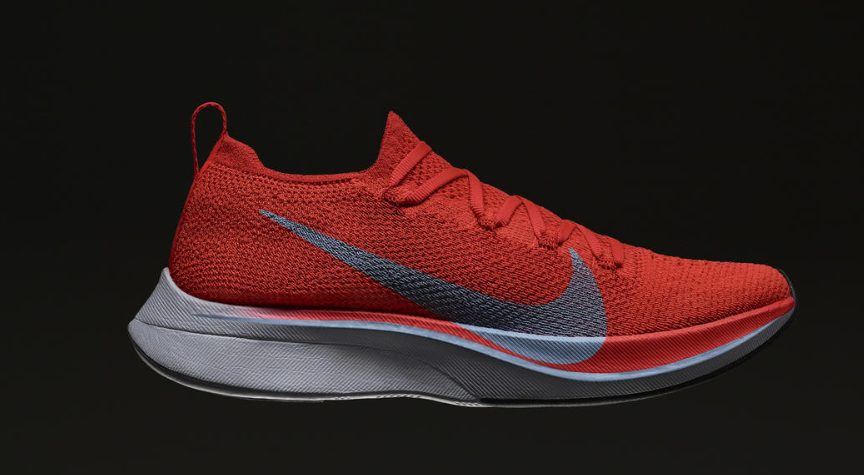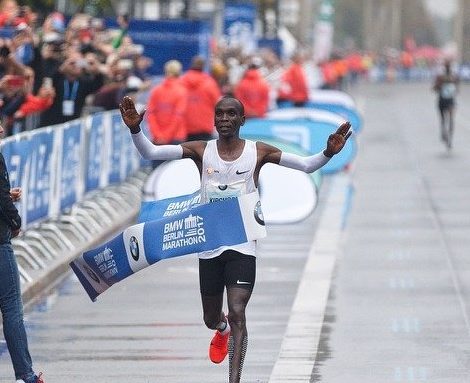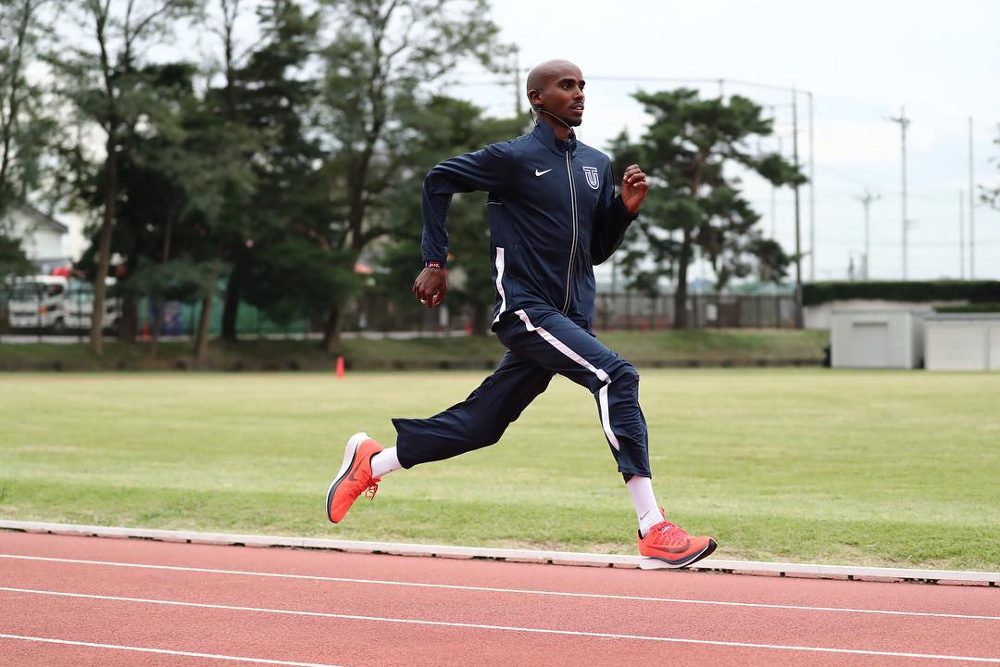Is the Vaporfly 4% too good?
Some are suggesting that the Nike Vaporfly 4% gives runners an unfair advantage and should be banned

Is the 4% cheating?
Before I give my thoughts… What's your take? pic.twitter.com/KDRDMK9qNG— Justin Horneker (@hornekerjustin) October 26, 2018
As more and more elite and amateur runners alike adopt the Nike Vaporfly 4% shoe, message boards and social media are lighting up with discussions about its supposed performance-enhancing effects and whether they violate the spirit of athletic competition and should be banned.
With runners like Eliud Kipchoge in Berlin, who broke the world marathon record in September, and Mo Farah, who broke the British and European marathon record in Chicago this month, sporting the instantly-recognizable orange shoe, some are raising the question of whether the much-touted four per cent edge it gives runners is comparable to a performance-enhancing drug.
RELATED: Nike VaporFly 4% Flyknit release results in lineups

The shoe contains a carbon fibre plate embedded in the midsole that significantly improves responsiveness, storing and releasing energy with each toe-off.
Referring to a New York Times article published in July on the subject of the 4%, U.S. running coach Justin Horneker initiated a long discussion on Twitter about whether the shoe should be banned.
The IAAF does have a rule about shoes: “Shoes must not be constructed so as to give athletes any unfair assistance or advantage.” And though the Times describes the rule’s wording as “vague,” to some readers, it could have been written with the Vaporfly in mind.

The data
The Times performed an extremely detailed set of analyses on the Vaporfly, using public race time data and Strava, and correcting for factors such as age, gender, racing history, etc. It found that athletes using the Vaporfly actually did run three to four per cent faster than similar runners wearing other shoes: “…the analysis suggests that a runner wearing Vaporflys will have a real advantage over a competitor not wearing them.” This was true across the board for men, women, fast runners, and slower runners, regardless of how many marathons they had raced.
Specifically, the article found that in a comparison of Boston Marathon results in 2017 and 2018, though there were no major differences in race times between the two years, of the 52 runners who switched to the Vaporfly between 2017 and 2018 in its study of 1,275 total runners who ran both years, 85 per cent ran faster in 2018.

What do runners think?
Horneker’s opinion is that a ban is probably not appropriate, a) because there is no evidence the shoe causes injury, and b) because, although expensive ($330 CDN), the shoe is not completely out of reach for a significant number of competitive marathoners looking to set a fast time. Still, it’s a question worth asking, since a four per cent improvement represents more than a seven-minute PB at three hours and nine minutes at four hours.
Unstoppable technology
Supporters of the shoe point out that similar advances in technology in other sports (aerodynamic handlebars in cycling, for example) have initially been met with concern, only to quickly become the standard, that the carbon fibre plate represents the natural evolution of running shoe technology, and that other companies are working to perfect their version of the 4% (such as Adidas, with its Sub2 shoe).
BOOM.@ShalaneFlanagan IS COMING BACK TO NYC pic.twitter.com/9QHLif71Kp
— CITIUS MAG (@CitiusMag) August 13, 2018
RELATED: Adidas developing its own sub-two-hour marathon project
Some, on the other hand, compare them to the buoyancy-enhancing skins that were found to give swimmers an eight per cent edge in competition after the Beijing Olympics in 2008.
Several things seem obvious from the debate: one is that there is a host of factors that go into a given runner’s performance in any given race, the shoe being only one. Another is that with one of the most powerful brands in the world behind it, the Vaporfly isn’t likely going anywhere. Other brands will be forced to follow suit, this type of shoe will be the standard for elite racing, and we will one day look back and wonder what all the fuss was about.


